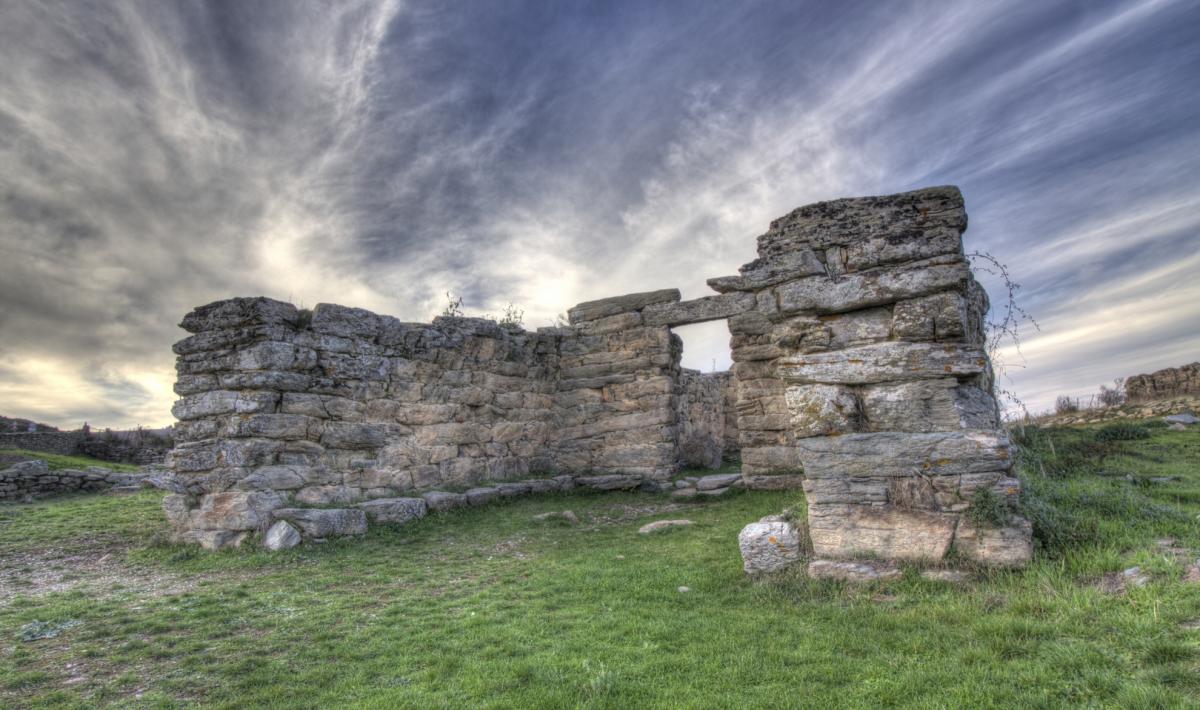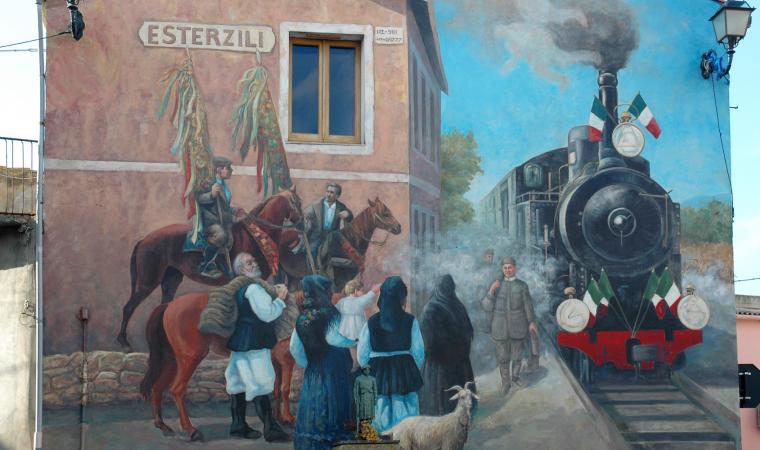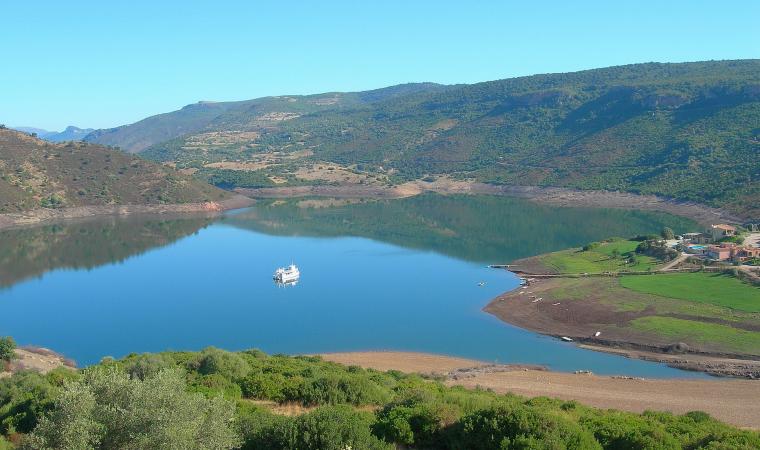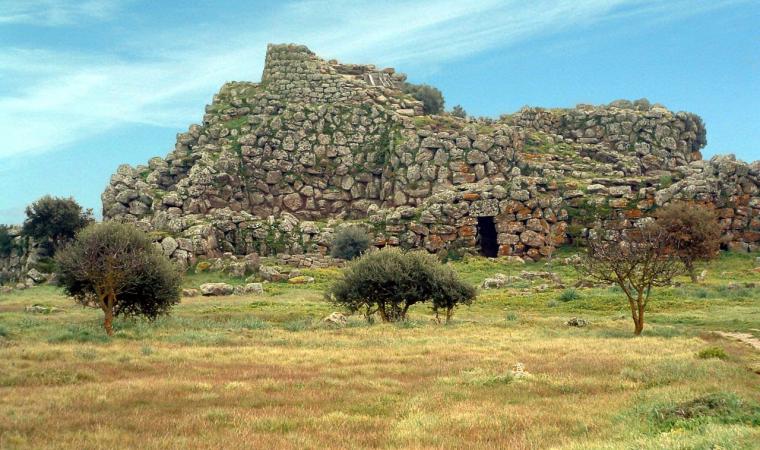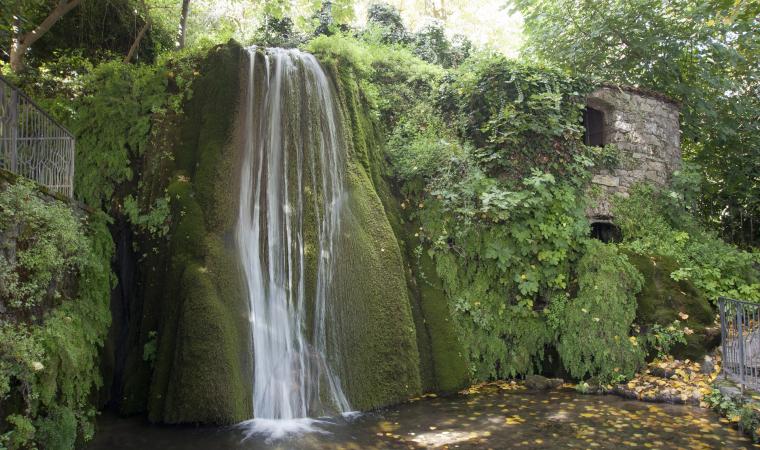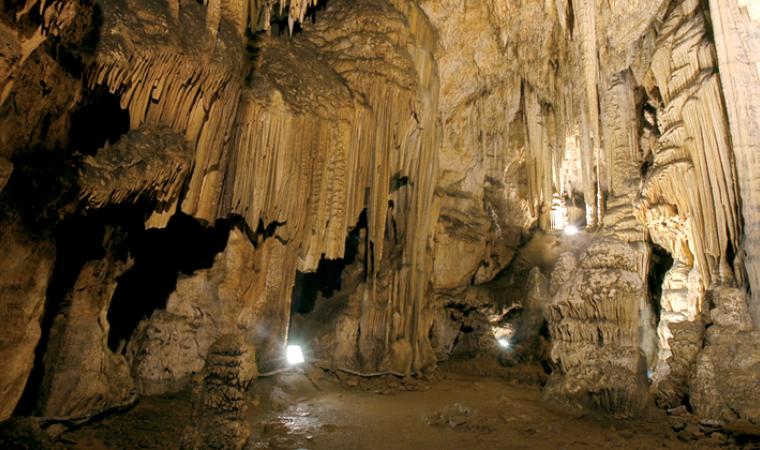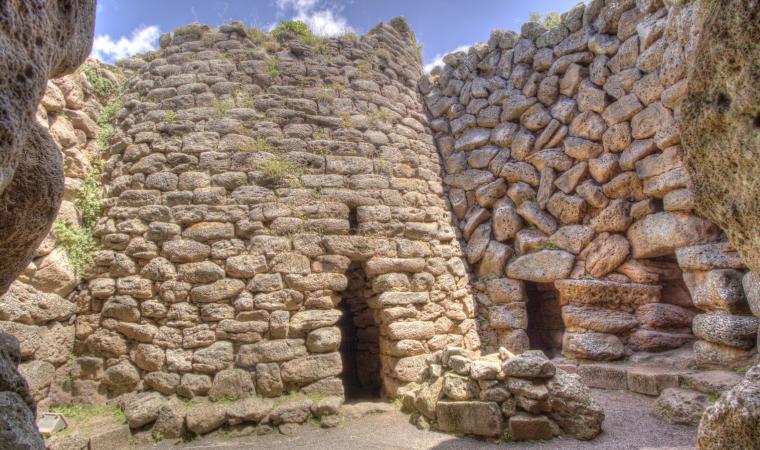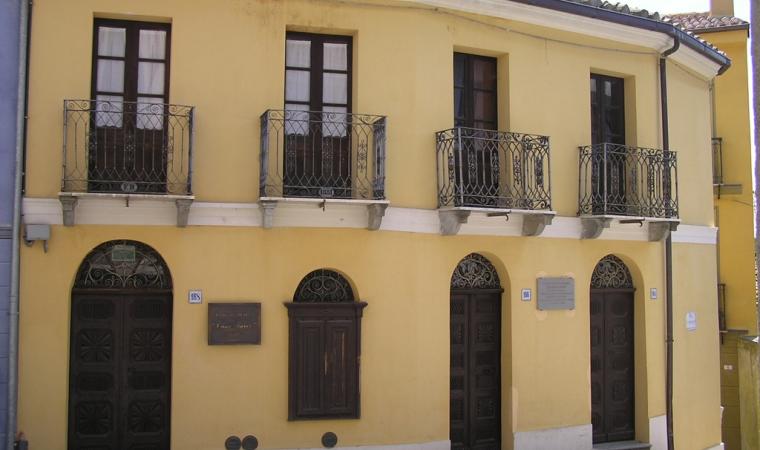Not only is it the largest Nuragic megaron temple known to date, but it is the site where a real archaeological ‘treasure’ was discovered, also the protagonist of a popular legend. Sa Domu de Orgia stands at an altitude of about a thousand metres on Monte Cuccureddì, in the territory of Esterzili, a village nestled between the plateaus and valleys of Barbagia di Seulo. The sanctuary, enclosed by an elliptical-shaped fence, is 22 and a half metres long and just under eight metres wide. It consists of a vestibule, obtained by extending the side walls, a cell divided into two spaces and a small opisthodomos on the opposite side to the entrance, probably with the function of making the structure more symmetrical. The construction material is schist, worked in square blocks positioned in horizontal rows.
The most accredited theory regarding its date is that it was built in the Recent Bronze Age, at the end of the 13th century BC, on top of a previous Nuragic village. Inside, you will notice that the vestibule and the rooms of the cell still contain the counter-seat around the perimeter, where votive offerings were placed. It was initially thought that the temple was much more recent, also because of the similarity between its layout and those of Mycenaean temples, but the artefacts found date back to the Nuragic civilisation. The temple would therefore be the result of the influence that people of Greek lineage brought to Sardinia during the Recent Bronze Age. Among these objects, the votive bronzes from the vestibule stand out, representing priestesses, warriors and hunters, similar to those found in the nearby Sanctuary of Santa Vittoria di Serri, suggesting that it was a common ‘workshop’. The sanctuary also revealed another surprise - numerous coins from the Roman era, providing evidence of the continued use of the temple even in later eras, up to more than a thousand years after its construction.
The legend of the priestess Orgia, who was a witch and a fairy at the same time and lived here until the inhabitants of the surrounding villages forced her to leave, lingers within the walls of the temple. The witch decided to take revenge, hiding two baskets, one containing a treasure and the other a swarm of terrible muscas maceddas, killer flies. The fearless people may have dared to go in search of the treasure, but would have caused a massacre by opening the wrong chest, so no one attempted the feat and the ‘booty’ is still hidden within the walls.
Just under three kilometres north of the temple, you will visit the other sacred area of Monte Nuxi-Santa Vittoria, where, in a position of control over nuraghi and villages that had appeared around the course of the Flumendosa river, stands a temple - or perhaps a hut - with a circular layout, a fence and two sacred fountains. On the inner side of the enclosure you will notice traces of a bench, which originally ran around the entire perimeter. Remains from the Roman era have also been found in this site, providing proof of the fact that both areas, Domu de Orgia and Monte Nuxi, have maintained an aura of sacredness for thousands of years, which was respected by the populations who frequented them.

